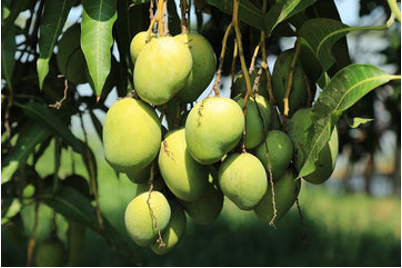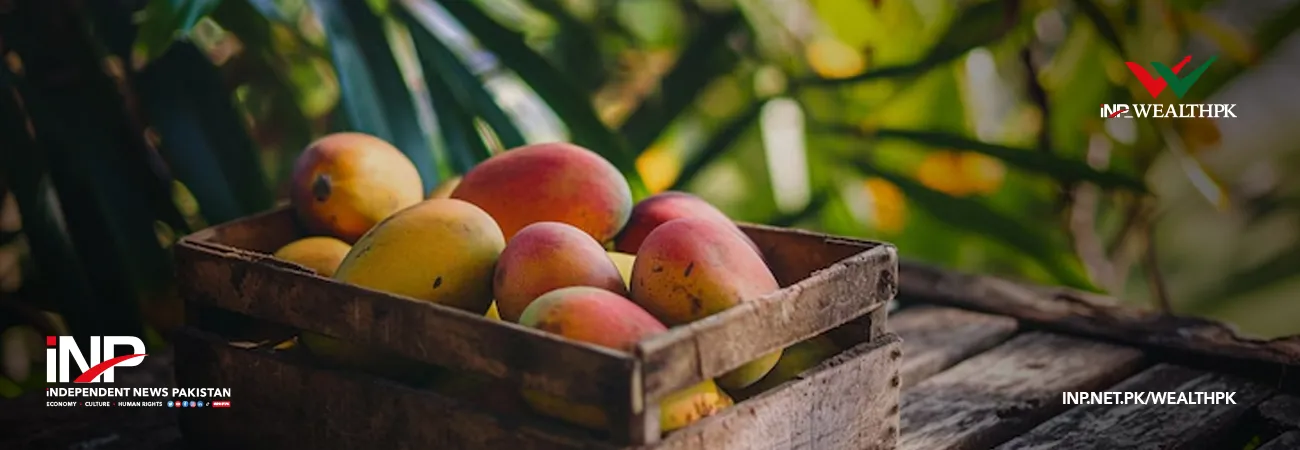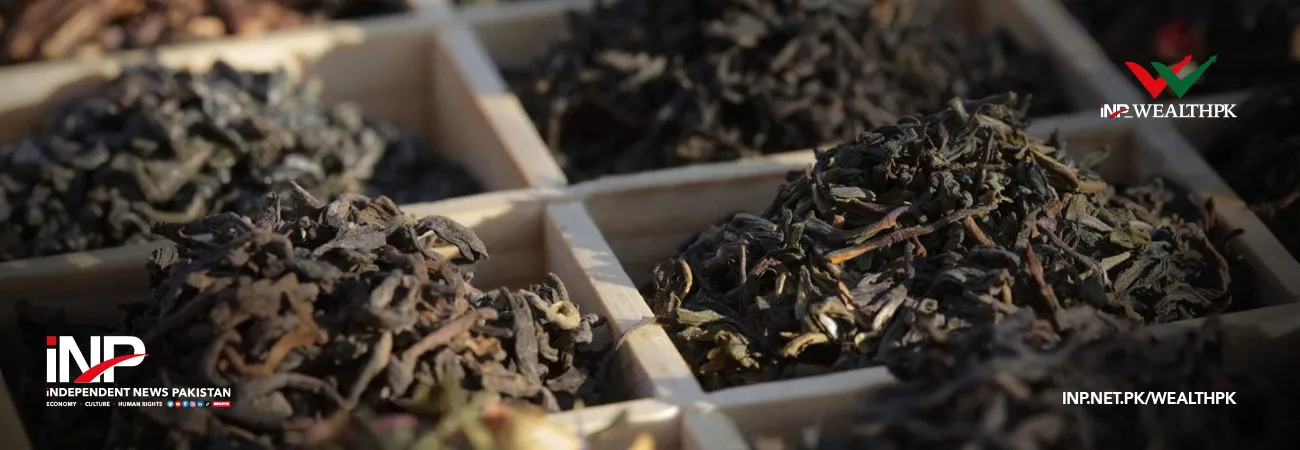INP-WealthPk
Azeem Ahmed Khan
Pakistan faces a significant decline in mango production this year, with the output expected to fall by more than half due to the extreme weather conditions, pest infestations, plant diseases, and water shortages, Zafar Mahay, President of the Mango Growers Association in Multan, told WealthPK.

Typically, Pakistan produces around 1.8 million tonnes of mangoes annually. However, this year’s yield is projected to be between 700,000 and 800,000 tonnes. He noted that while the final figures will only be confirmed at the end of the season, initial estimates indicate that 55% to 60% of the crop has been damaged in Punjab and Sindh – Pakistan’s primary mango-growing regions.
Punjab contributes approximately 67% to the national mango yield, followed by Sindh with 30% and Khyber Pakhtunkhwa with 3%. The recent windstorms in Khyber Pakhtunkhwa may have caused further damage there. Zafar attributed the sharp decline in mango output primarily to climate change. Exceptionally high temperatures in March, reaching 40-41°C in Multan, burned mango blossoms, which typically start to bloom in March after flowering begins in February.
Mango trees thrive at temperatures below 35°C, Zafar informed WealthPK. Another significant setback came from a severe windstorm on May 24, packing 101 km/h. Such a storm has not hit Multan in the past two decades and even uprooted mature mango trees. At that time, mangoes that weighed 300-400 grams could have grown to 800-1,200 grams if left on the trees for a longer time.
The storm caused premature fruit drop, resulting in major losses. Zafar Mahay estimates his financial loss at Rs2.5 to 3 million. The crop has also been heavily affected by the mango malformation disease, which was exacerbated by persistently cool nighttime temperatures. To control the disease, the farmers must cut off the infected branches, which not only reduces the yield but also weakens the trees, leading to further fruit drop.
In addition, the farmers had to deal with the intense pest attacks this season. Zafar said about 15 pesticide sprays were needed, each costing between Rs200,000 and 300,000. The pests causing the most damage include Taila and thrips. Though small in size, these insects suck sap from the leaves, causing discoloration and curling. Another pest, the hopper, disrupted the photosynthesis process, harming both fruit and foliage.
Water scarcity has compounded the problem, Zafar said. In Punjab, irrigation supply was delayed by a month and only resumed in March, hampering mango size development. Sindh, too, suffered heavy losses due to multiple windstorms and lack of water. The Indus River remained dry due to drought, and the problem with groundwater in Sindh is that it is saline and cannot be used for irrigation, he added.
Meanwhile, the Pakistan Fruit and Vegetable Exporters Association has set a mango export target of 125,000 tonnes for 2025, aiming to generate $100 million – 25,000 tonnes more than last year. However, the association’s Patron-in-Chief, Waheed Ahmed, warned that the ongoing climate crisis and water shortages could hinder both production and exports. He emphasized the need for climate-resilient mango varieties, improved water management, and modernization of the horticulture sector to mitigate future risks.
Credit: INP-WealthPk













